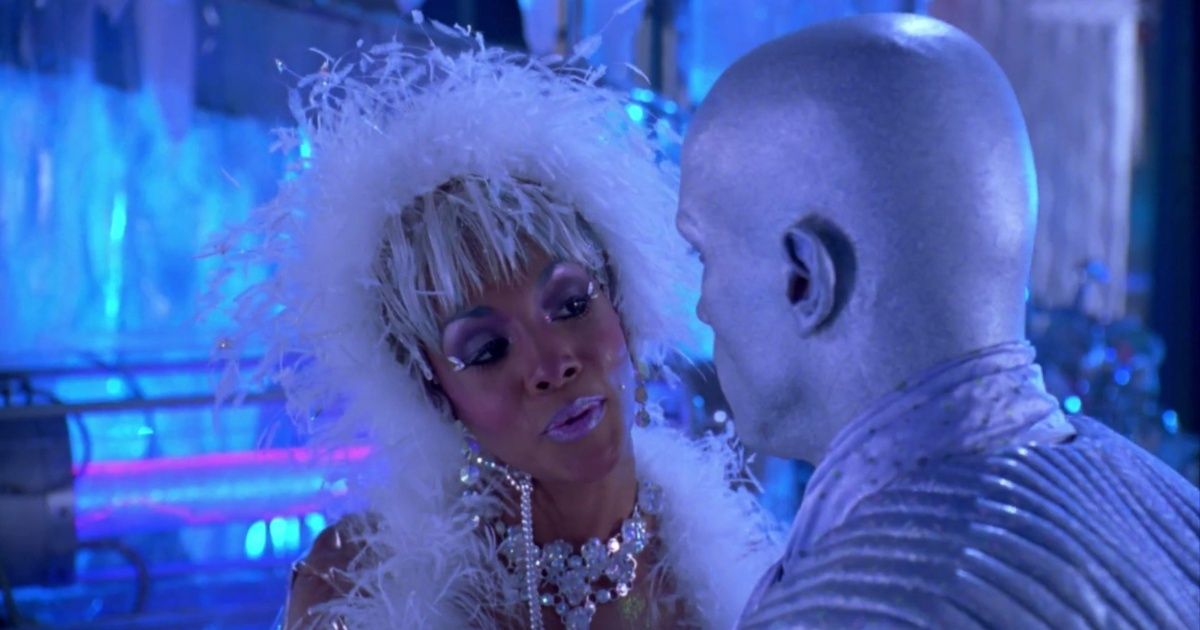To be fair, “Chaos Walking” occupies a tricky marketplace position and appears to have chosen to practice self-censorship in order to exist. It’s a $100 million-budgeted sci-fi picture: not small, by any means, but also not big by the standards of Star Wars or Marvel, which routinely drops anywhere from $250 to $400 million on a single feature. Maybe the mandate was to lure new audiences with action and (potential) romance and the (relative) star power of Ridley and Holland, then go deeper into the weeds in future installments. But what ended up onscreen feels not-quite-there a lot of the time, which is not a smart way to try to capture people’s imaginations and make them demand sequels. What’s the point of playing it safe if it produces the same result as if you’d gone for broke?
This is particularly frustrating given that Ridley and Holland are delivering superb, unaffected performances as characters that we really do care about, in an environment that’s been built out just enough to make you fixate on the tantalizing unanswered questions that the film is never going to do more than glance at. The undernourished aspects include the toxic masculinity cult that Prentiss has built up and encouraged. His chief acolyte, played by David Oyelowo, is a firebrand who has internalized everything the high priest taught him, becoming a radical revolutionary who already thinks he’d make a better leader of men. Mikkelsen’s approach to his underwritten character is mesmerizing, as is often the case with this performer. Spending most of the film’s running time on horseback, wearing a lush, long fur coat and floppy-brimmed hat which channels all the decadent fops that Marlon Brando played after middle age, and delivering his lines in a combination purring Euro-cadence and frontier drawl, he’s always perched on the knife’s-edge of hamminess. But it’s impossible to deny that somehow, mysteriously, like Lebowski’s rug, he ties the whole thing together.
Kudos to Liman and his collaborators (including a sound team consisting of more than three dozen people) for showing us something we haven’t exactly seen before, outside of a few stray scenes or sequences in telepathic horror or superhero pictures where the main characters have to learn how to selectively screen out the data that their highly advanced senses/brains are vacuuming up. “Chaos Walking” immerses the viewer in a different kind of cinematic headspace, creating a film that gradually teaches the viewer how to watch it. It takes a while to get used to the way these characters interact—particularly the way they shield their thoughts from others by repeating neutral words and phrases like mantras—and how their hidden or revealed thoughts are visualized in the halos around their heads.
But once you’re immersed, it’s a powerful experience that lingers in the mind long after the film’s many disappointments have started to fade. How can a person last even an hour in a world like this one without going mad, or making another person want to kill them? To quote Bob Dylan’s “It’s Alright, Ma (I’m Only Bleeding),” “…If my thought-dreams could be seen/You’d put my head in a guillotine.”
You can view the original article HERE.




























